ย้อนกลับไปก่อนเข้าสู่เส้นทางนักบินฝึกหัด การสอบคัดเลือกนักเรียนทุนในอดีตมีข้อกำหนดบางอย่างแตกต่างจากปัจจุบัน เช่น อายุและความสามารถด้านภาษาอังกฤษ แต่หลักการทั่วไปคือ ปริญญาตรีสาขาใดก็ได้
เพื่อนร่วมรุ่นของผมจบมาหลากหลายสาขา ตั้งแต่สัตวแพทย์ วิศวกรรม สถาปัตยกรรม นิเทศศาสตร์ ฯลฯ
ขั้นตอนการสอบคัดเลือก (ปี 1992)
การสอบแบ่งเป็น 5 ขั้นตอนหลัก ดังนี้
- สมัครและตรวจคุณสมบัติ
- ข้อกำหนดสมัยนั้นคือ หากผ่านทุกขั้นตอนแล้ว จะไม่สามารถสมัครสอบใหม่อีกในชีวิตนี้
- ปัจจุบันมีการเปลี่ยนแปลง เช่น ต้องรอ 3–5 ปี ขึ้นอยู่กับขั้นตอนที่ผ่าน
- สอบข้อเขียน
- วิชาคณิตศาสตร์ วิทยาศาสตร์ และภาษาอังกฤษ
- ปัจจุบันมีการเพิ่ม aptitude test เพื่อวัดความถนัดด้านต่าง ๆ เช่น short-term memory, spatial orientation, multi-tasking
- ตรวจร่างกาย
- ทำที่สถาบันเวชศาสตร์การบิน กองทัพอากาศ
- สอบสัมภาษณ์กับกัปตันการบินไทย
- รอบนี้สำคัญมากสำหรับวัด บุคลิกภาพ ความมั่นใจ และความรู้ทั่วไป
- ตัวผมเองเคยตอบคำถามกัปตันไม่รู้เรื่องเครื่องบินเลย แต่โชคดีที่สามารถอธิบายสิ่งที่เขียนในใบสมัคร เช่น sense of direction ได้ถูกจุด
- Aptitude Test สุดท้าย (สอบ “professor”)
- ทำกับนักจิตวิทยาจาก Scandinavian Institute of Aviation Psychology (SIAP)
- การสอบแบ่งเป็น 2 วัน: paper test และสอบตัวต่อตัว
- รอบนี้วัดทั้ง ความจำ, พื้นฐานพฤติกรรมทางสังคม, spatial orientation, การแก้ไขสถานการณ์กะทันหัน
ประสบการณ์ของผม
ตอนสอบสัมภาษณ์ในขั้นตอนที่ 4 ผมไม่มีความมั่นใจเลย เพราะไม่เคยรู้เรื่องเครื่องบินมาก่อน กัปตันถามเกี่ยวกับเครื่องบิน ผมตอบไม่ถูก แต่โชคดีที่สามารถอธิบายเรื่อง ทิศทางและการอ่านแผนที่ ได้อย่างมั่นใจ ซึ่งตรงกับการวัด Spatial Orientation ของนักบิน
การสอบรอบสุดท้ายถือเป็น ด่านหิน สำหรับทุกคน แต่ผมกลับสนุกมาก เพราะได้เรียนรู้ว่าอาชีพนักบินนั้นมีมิติให้ศึกษามากมาย
จากกว่าพันคนที่สมัคร รอบสุดท้ายมีผู้ผ่านเพียง 14 คน
ใคร ๆ ก็บินได้จริงหรือ?
คำตอบสั้น ๆ คือ ไม่ใช่ทุกคน
แม้ทุกคนจะมีความฝัน แต่การเป็นนักบินต้องผ่าน การคัดเลือกเข้มข้นหลายชั้น ทั้งด้านร่างกาย ความรู้ ความสามารถเฉพาะด้าน และทัศนคติ
ประสบการณ์และการสอบรอบต่าง ๆ สอนให้รู้ว่า การเป็นนักบินพาณิชย์ไม่ใช่เรื่องง่าย และไม่ใช่ใครก็ทำได้เหมือนกัน
Becoming a Commercial Pilot: Can “Anyone Fly” Really Be True?
Before stepping into pilot training, candidates for the student pilot scholarship faced a rigorous selection process. While the exact requirements have changed over time—such as age limits and English proficiency—the core principle remains: a bachelor’s degree in any field is acceptable.
In my cohort, classmates came from diverse backgrounds: veterinary science, engineering, architecture, communication arts, and more.
The Selection Process (Back in 1992)
The selection process consisted of five main stages:
- Application and Eligibility Check
- At that time, once you completed all stages, you were not allowed to reapply in your lifetime.
- Today, the rules vary; you may need to wait 3–5 years depending on how far you progressed in the previous attempt.
- Written Exam
- Covered mathematics, science, and English.
- Modern tests often include aptitude assessments, measuring short-term memory, spatial orientation, and multitasking skills.
- Medical Examination
- Conducted at the Air Force Institute of Aviation Medicine.
- Interview with Thai Airways Captains
- This stage evaluates personality, confidence, and general knowledge.
- I remember struggling to answer technical questions about aircraft, but I could explain my claim of “sense of direction” in my application, which reflected my ability to read maps and navigate confidently in unfamiliar terrain.
- Final Aptitude Test (“Professor Test”)
- Conducted by psychologists from the Scandinavian Institute of Aviation Psychology (SIAP).
- Lasted two days: a paper-based test and one-on-one interviews.
- Assessed memory, social behavior, spatial orientation, stress response, and problem-solving skills.
My Experience
During the fourth stage interview, I felt completely unprepared because I had no prior knowledge of aircraft. But I managed to explain my sense of direction confidently, which aligned with the evaluation of spatial orientation—an essential skill for pilots.
The final “professor” stage was the toughest yet most fascinating part of the process. It revealed how multidimensional a pilot’s role really is, far beyond just flying an airplane.
From over a thousand initial applicants, only 14 candidates successfully made it through to the end.
Can Anyone Really Become a Pilot?
The short answer is no.
While many people dream of flying, becoming a commercial pilot requires passing multiple rigorous assessments of physical ability, knowledge, specific skills, and attitude.
The experience and evaluation at each stage underscore an essential truth: being a commercial pilot is challenging, and not everyone can do it.
Key Takeaways for Aspiring Pilots
- Solid Foundations Matter: Mathematics, physics, and English form the backbone of aviation knowledge.
- Continuous Learning is Essential: Aviation rules, technologies, and procedures evolve constantly; a pilot must never stop studying.
- Discipline and Resilience: The journey is long and demanding, but perseverance shapes a professional pilot.
- The Right Mindset: A great pilot is measured not by rank or aircraft type but by professionalism, teamwork, and prioritizing safety at all times.
✈️ “Flying is a dream, but becoming a pilot is a journey. It requires preparation, focus, and resilience. Few will reach the cockpit, but every challenge along the way is part of the adventure.”
-
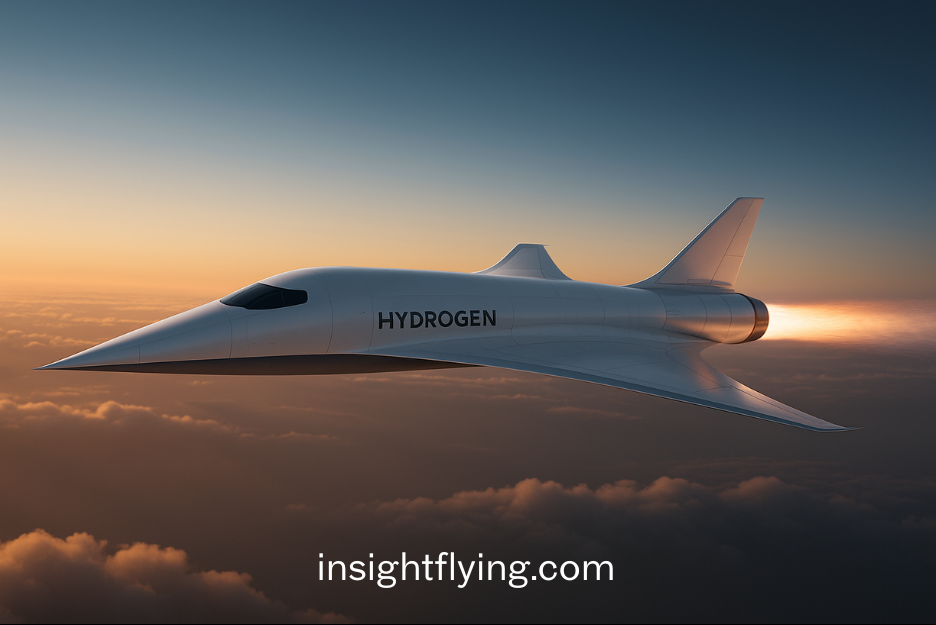
🚀 Hydrogen-Powered Supersonic Flight: The Future of Hypersonic Travel
เครื่องบินความเร็วเหนือเสียงขับเคลื่อนด้วยไฮโดรเจน – อนาคตแห่งการเดินทางความเร็วเหนือจินตนาการ Supersonic and hypersonic flight represent the next great leap in aviation technology. While traditional supersonic jets, such as the Concorde, reached speeds of Mach 2, new research aims far beyond — toward aircraft capable of flying at Mach 12, or twelve times the speed of sound. That’s nearly 14,800 kilometers per hour,…
-
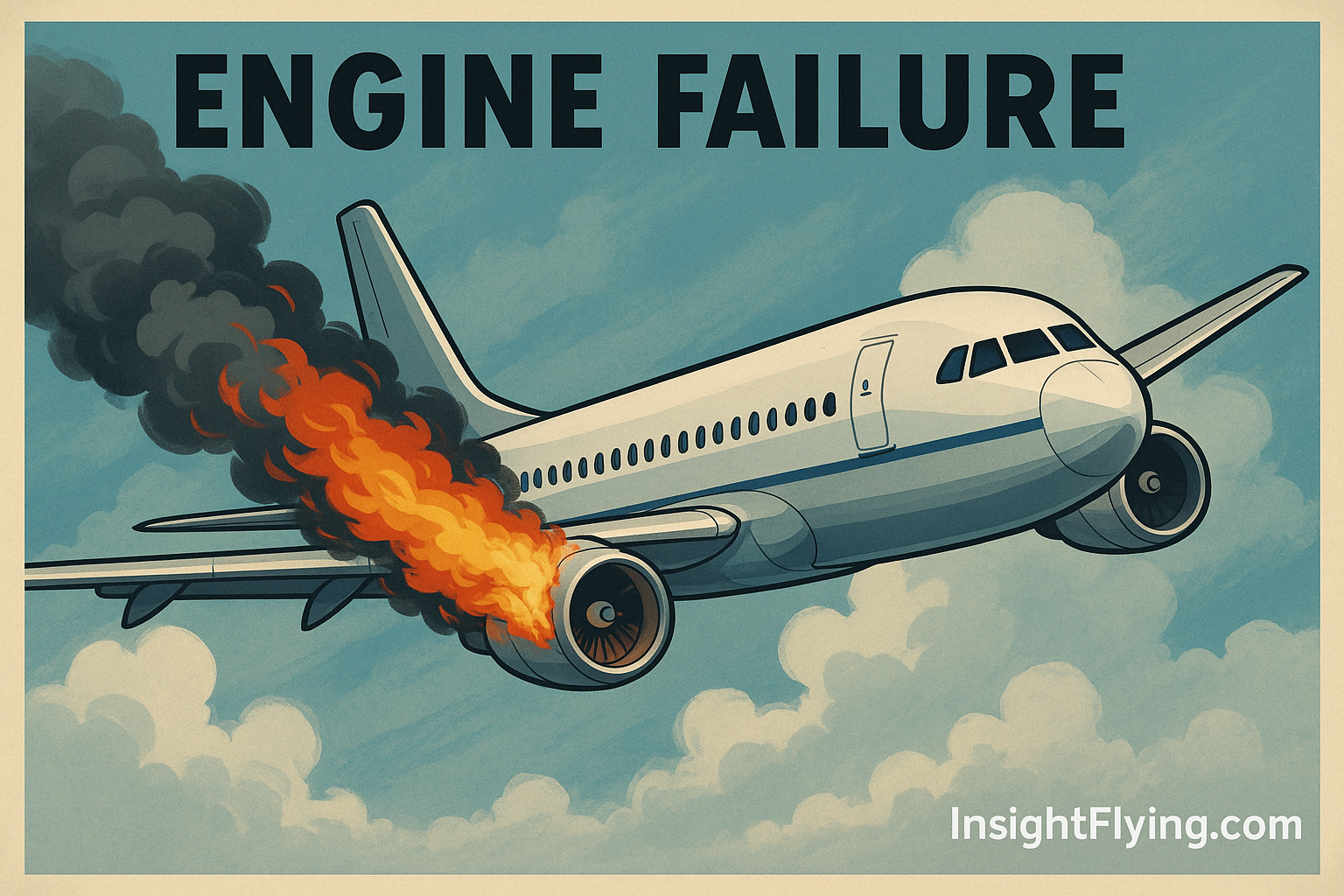
Engines fail
✈️ ความเข้าใจผิดที่ 4: ถ้าเครื่องยนต์ดับ เครื่องบินต้องตกแน่นอนMisconception #4: If the engines fail, the airplane will definitely crash นี่คือความเข้าใจผิดที่พบบ่อยมาก โดยเฉพาะในหมู่ผู้โดยสารที่คิดว่า “เครื่องบิน = ต้องมีแรงขับตลอดเวลา” ซึ่งจริง ๆ แล้วไม่เป็นความจริงเลยครับ เพราะเครื่องบินทุกลำถูกออกแบบให้สามารถ “ร่อน” ได้แม้ไม่มีแรงขับจากเครื่องยนต์ This is one of the most common misconceptions — many people think that an airplane must always have engine power to stay in the air. In fact, that’s not…
-

Pilots just let the autopilot do everything
✈️ ความเข้าใจผิดที่ 3: นักบินใช้ระบบอัตโนมัติทั้งหมด Misconception #3: Pilots just let the autopilot do everything หลายคนมักเชื่อว่า เครื่องบินสมัยนี้บินเองได้หมดแล้ว — นักบินเพียงแค่นั่งดูหน้าจอ ปล่อยให้ระบบอัตโนมัติควบคุมตั้งแต่ขึ้นจนถึงลงจอด แต่ความจริงนั้นซับซ้อนกว่ามาก เพราะ “ระบบอัตโนมัติ” คือเครื่องมือช่วย ไม่ใช่ผู้ตัดสินใจ Many people believe that modern planes fly entirely on their own — that pilots just sit back while the autopilot handles everything from takeoff to landing. The truth, however, is far more…
-
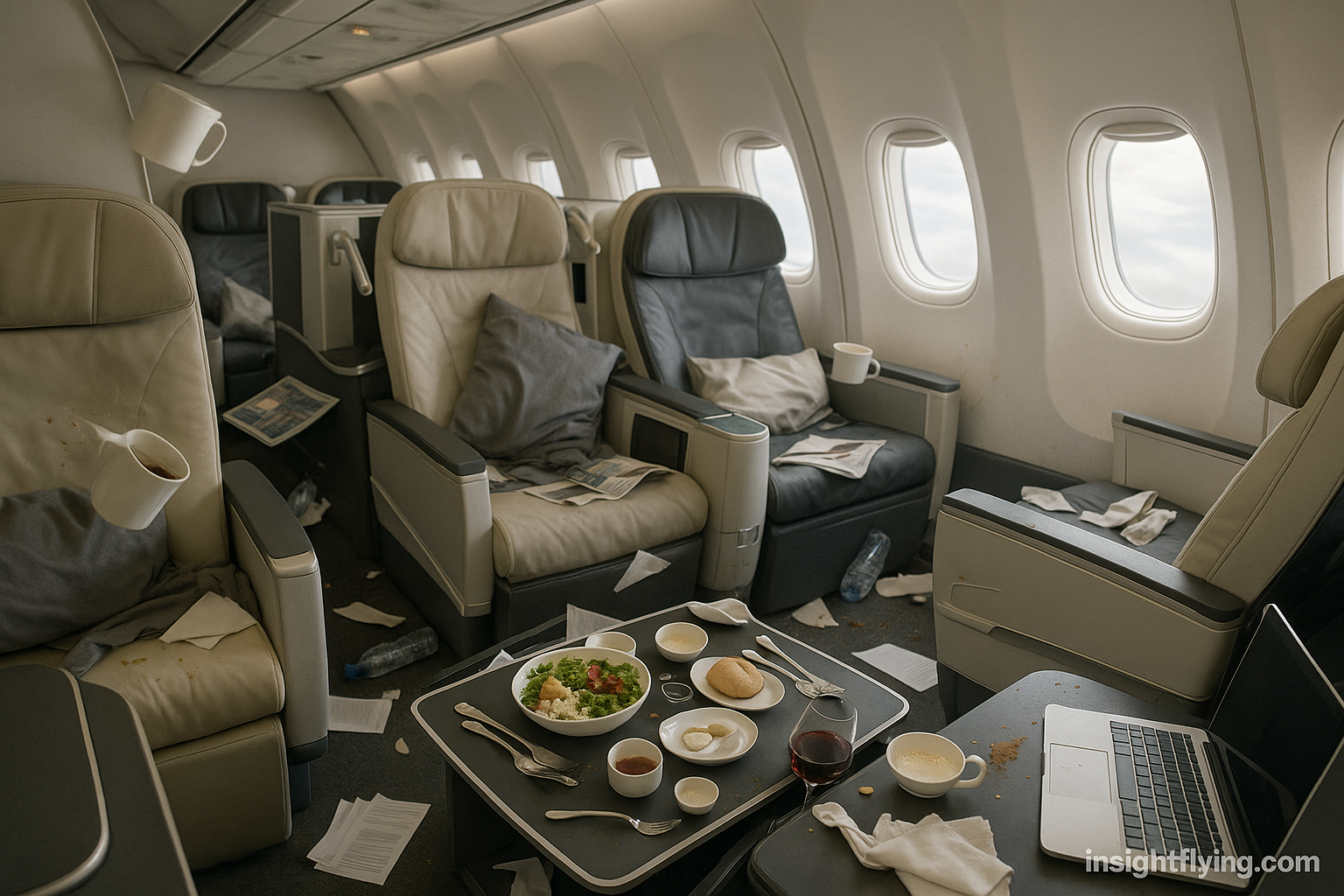
อากาศแปรปรวนอันตรายถึงชีวิต
✈️ ความเข้าใจผิดที่ 2: อากาศแปรปรวนอันตรายถึงชีวิต Misconception #2: Turbulence is extremely dangerous ทุกครั้งที่เครื่องบินเริ่ม “สั่น” หรือ “โยก” ผู้โดยสารจำนวนมากมักรู้สึกตกใจ คิดว่าเครื่องบินกำลังเจออันตรายหรืออาจตกได้ทุกเมื่อ แต่ในความเป็นจริง “อากาศแปรปรวน” หรือ Turbulence เป็นเพียงปรากฏการณ์ธรรมชาติที่เกิดขึ้นได้ในทุกเที่ยวบิน — และเครื่องบินถูกออกแบบมาเพื่อรับมือกับมันได้อย่างปลอดภัยแน่นอน Whenever an aircraft starts shaking or bumping, many passengers panic — thinking the plane might be in danger. In truth, turbulence is a completely natural part of flying, and every aircraft is…
-

ฟ้าผ่าทำให้เครื่องบินตก
✈️ ความเข้าใจผิดที่ 1: ฟ้าผ่าทำให้เครื่องบินตก Misconception #1: Lightning can make a plane crash หลายคนมักคิดว่า “ถ้าเครื่องบินโดนฟ้าผ่า คงตกแน่ ๆ” เพราะภาพในหนังหรือข่าวมักนำเสนอแบบนั้น แต่ในความเป็นจริง เครื่องบินพาณิชย์ทุกลำถูกออกแบบมาให้ทนต่อฟ้าผ่าได้ 100% ตามมาตรฐานความปลอดภัยขององค์กรการบินพลเรือน (เช่น FAA และ EASA) Many people believe that if a plane is struck by lightning, it will crash. Movies and media often exaggerate this idea, but in reality, every commercial aircraft is engineered to…
-
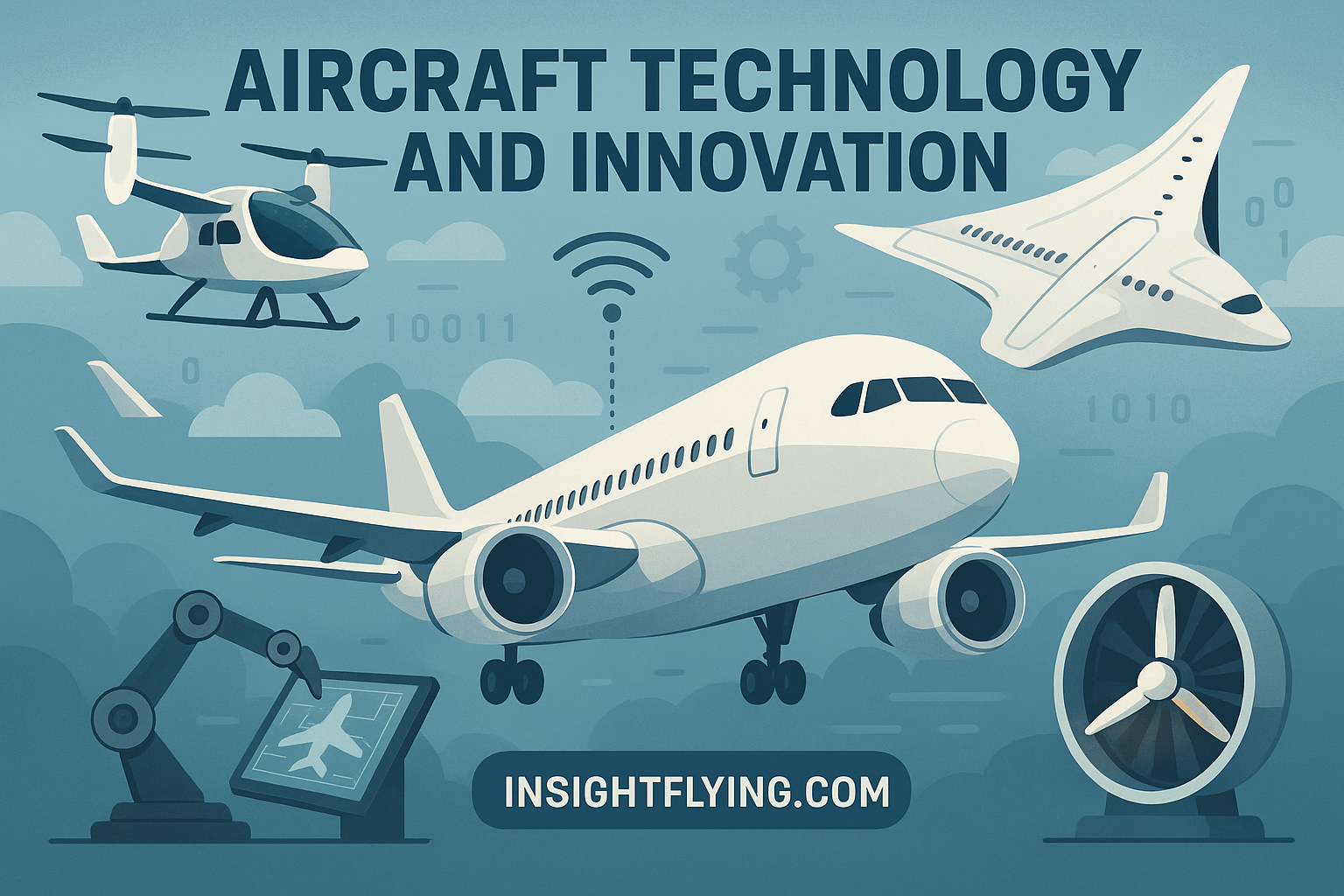
ระบบอัตโนมัติ คือ มิตร หรือ ศัตรู
Automation and Pilots: Friend or Foe? ระบบอัตโนมัติ กับ นักบิน — มิตรหรือศัตรู? In modern aviation, automation has become an inseparable part of flight operations. From the moment an aircraft leaves the gate until it reaches the destination, systems such as autopilot, autothrottle, and flight management computers handle most of the routine tasks that were once performed…
-
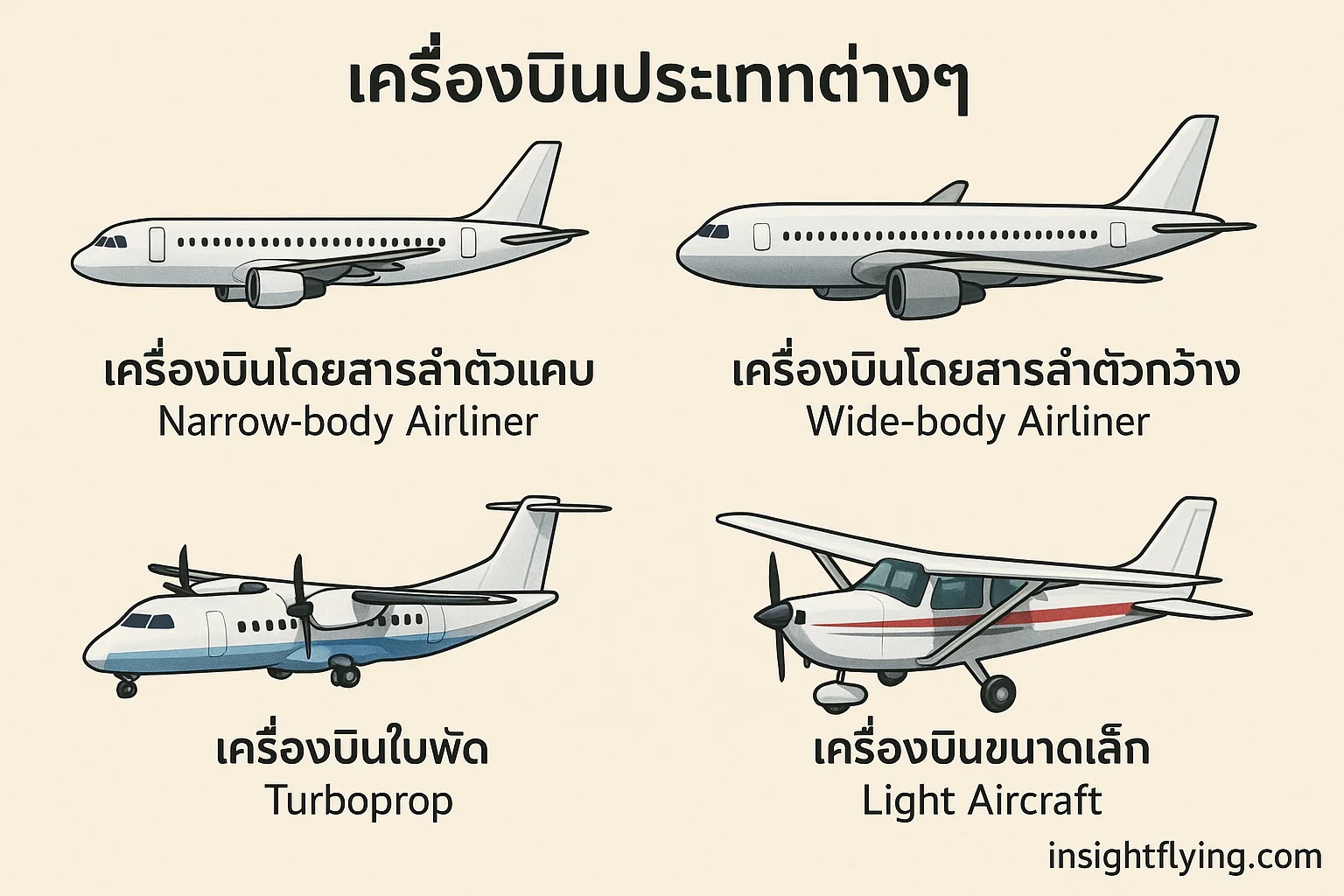
✈️ Aircraft Classification – การแบ่งประเภทของเครื่องบิน
Introduction Aircraft come in many forms, designed for different missions—from carrying passengers across continents to conducting aerial firefighting or training new pilots. Understanding how aircraft are classified helps us appreciate the diversity of aviation technology and operations.เครื่องบินมีหลากหลายรูปแบบ ถูกออกแบบมาเพื่อภารกิจต่าง ๆ ตั้งแต่ขนส่งผู้โดยสารข้ามทวีป ไปจนถึงดับเพลิงทางอากาศหรือฝึกนักบิน การเข้าใจการแบ่งประเภทของเครื่องบินช่วยให้เราเห็นภาพความหลากหลายของเทคโนโลยีและการดำเนินงานด้านการบินได้ชัดเจนขึ้น 1. Classification by Role / Mission Aircraft are often grouped based on their…
-
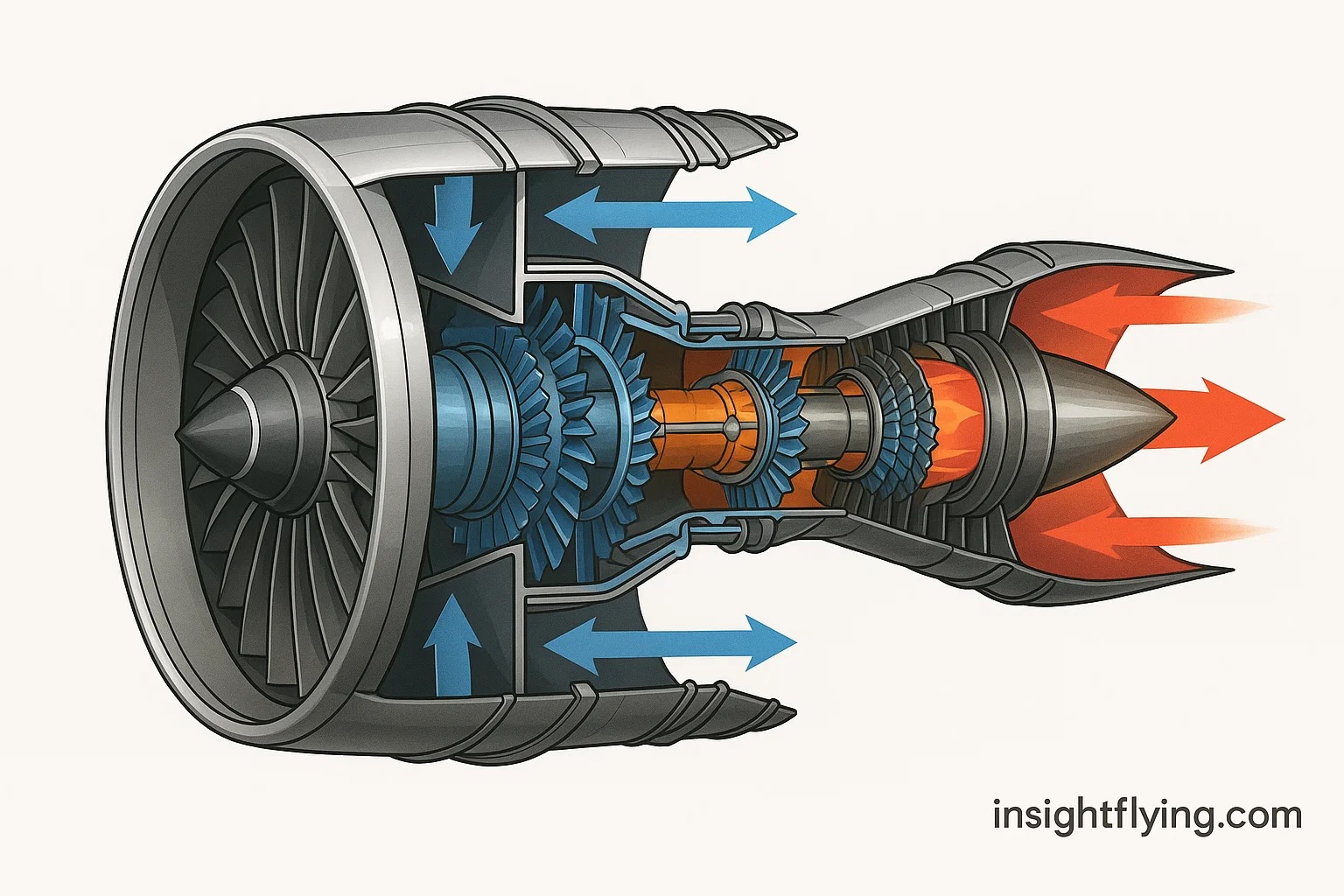
✈ Aircraft Engine Testing — Ensuring Performance, Safety, and Reliability
การทดสอบเครื่องยนต์อากาศยาน — เพื่อความปลอดภัยและความเชื่อถือได้สูงสุด 1. Introduction — The Science Behind Jet Engine Testing Jet engines are among the most complex machines ever built. They operate at temperatures hotter than molten lava, spin at tens of thousands of revolutions per minute, and must perform flawlessly at 35,000 feet. Engine testing is a vital process that ensures every…
-
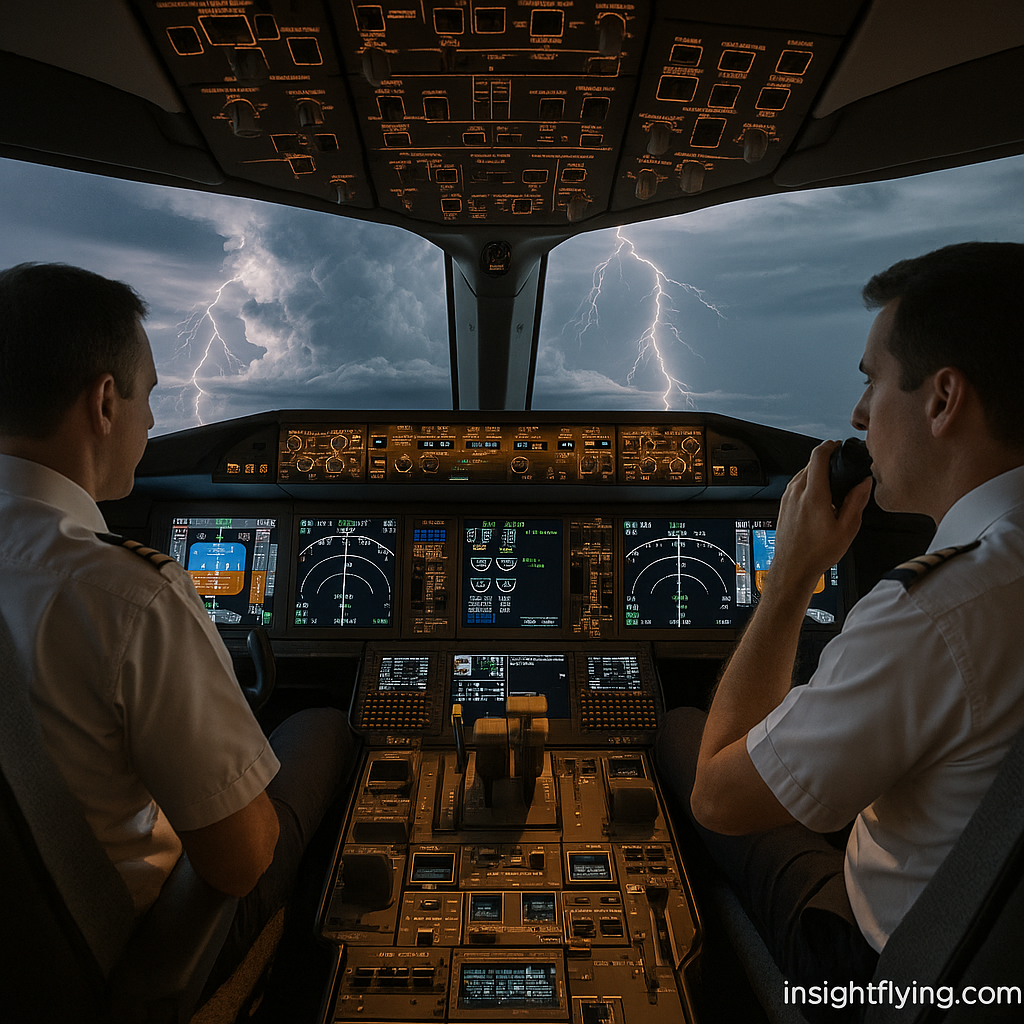
Type Rated vs Non-Type Rated นักบินต่างกันอย่างไร?
ในวงการการบิน คำว่า “Type Rated” และ “Non-Type Rated” มักถูกใช้เพื่ออธิบายระดับคุณสมบัติของนักบิน ว่านักบินคนนั้นผ่านการฝึกอบรมเฉพาะสำหรับเครื่องบินประเภทใดแล้วหรือยัง ซึ่งเป็นเรื่องสำคัญมากต่อเส้นทางอาชีพ ต้นทุนการฝึก และโอกาสในการทำงานของนักบินแต่ละคน มาดูกันให้ชัดว่าแตกต่างกันอย่างไร 1. Type Rating คืออะไร Type Rating คือ การฝึกอบรมและคุณสมบัติเฉพาะสำหรับเครื่องบินชนิดหนึ่ง ๆ ที่ซับซ้อนเกินกว่ามาตรฐานใบอนุญาตนักบินทั่วไปกล่าวคือ นักบินจะต้องผ่านการฝึกอบรมภาคพื้น (Ground School) และฝึกในเครื่องจำลองการบิน (Simulator) สำหรับเครื่องบินชนิดนั้น ๆ รวมถึงต้องสอบ Proficiency Check กับผู้ตรวจสอบที่ได้รับอนุญาต ตัวอย่างเช่น เมื่อผ่านแล้ว ใบอนุญาตนักบิน (Pilot License) จะระบุชื่อเครื่องบินชนิดนั้นไว้โดยเฉพาะ 2. กรณีที่ต้องมี Type Rating หน่วยงานกำกับการบิน (เช่น EASA, FAA หรือ CAAT) กำหนดให้นักบินต้องมี Type Rating สำหรับเครื่องบินที่ ดังนั้น…
-
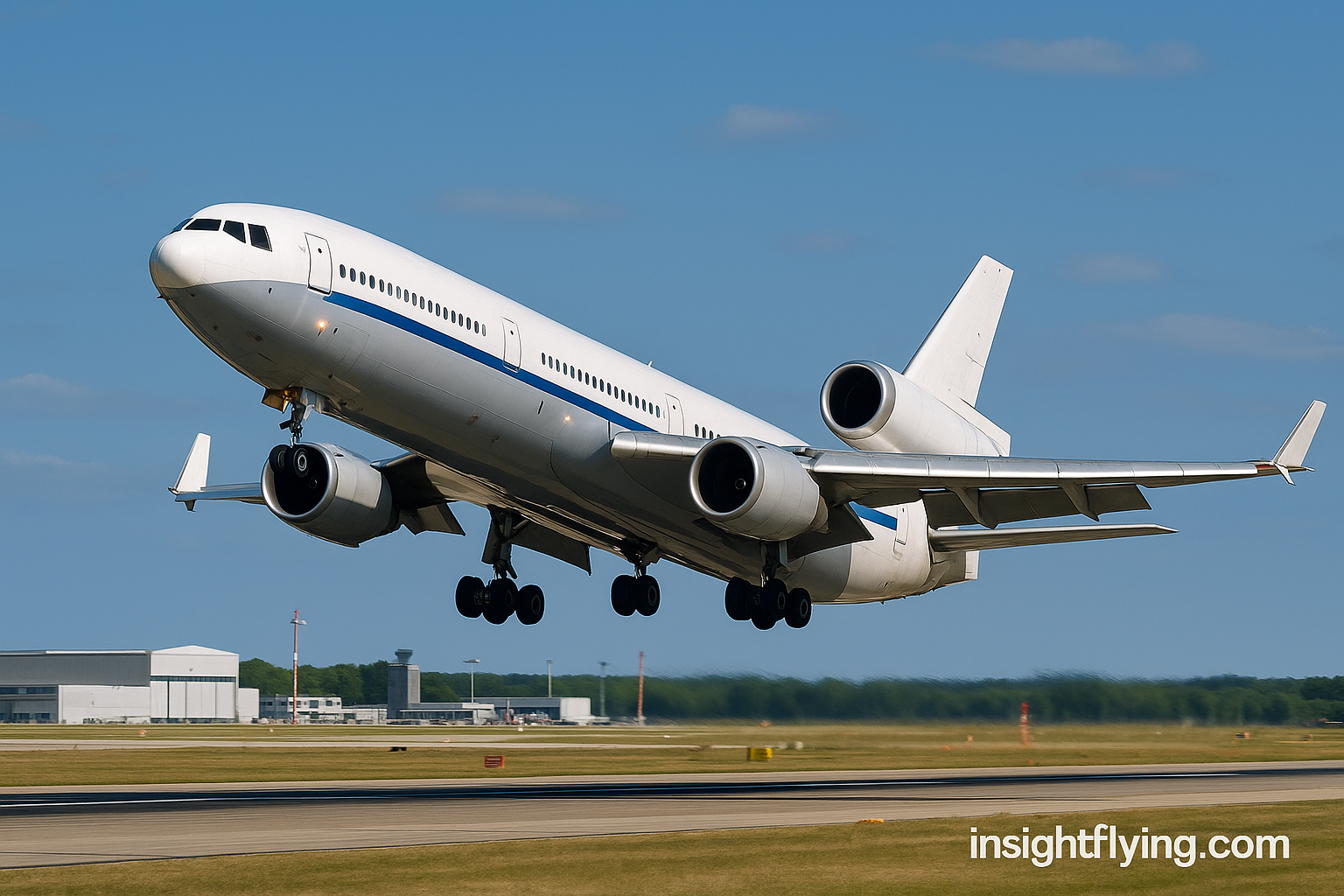
เหตุเครื่องบินบรรทุกสินค้าของ UPS ตกที่รัฐเคนทักกี เสียชีวิตอย่างน้อย 7 ราย
ลุยส์วิลล์, รัฐเคนทักกี — 5 พฤศจิกายน 2025 — เกิดเหตุเครื่องบินขนส่งสินค้าของบริษัท UPS ประสบอุบัติเหตุตกหลังจากขึ้นบินจากท่าอากาศยานนานาชาติลุยส์วิลล์ Muhammad Ali ได้ไม่นาน ทำให้เกิดเพลิงไหม้ขนาดใหญ่และมีผู้เสียชีวิตอย่างน้อย 7 ราย และบาดเจ็บอีก 11 ราย(Reuters) เหตุการณ์ที่เกิดขึ้น ผู้เสียชีวิตและผู้บาดเจ็บ การสืบสวนอุบัติเหตุ ผลกระทบในวงกว้าง ความสำคัญต่อวงการการบิน บทสรุป เหตุการณ์เครื่องบิน UPS เที่ยวบิน 2976 ตกครั้งนี้ถือเป็นโศกนาฏกรรมครั้งใหญ่ที่ส่งผลกระทบในหลายมิติ ทั้งต่อผู้สูญเสีย ครอบครัว ผู้คนในชุมชนลุยส์วิลล์ และวงการการบินทั่วโลก ขณะที่การสืบสวนของ NTSB กำลังดำเนินต่อไป วงการอากาศยานต่างจับตามองผลการสอบสวนนี้อย่างใกล้ชิด เพื่อเรียนรู้บทเรียนสำคัญด้าน ความปลอดภัยการบิน (Aviation Safety) และนำไปปรับปรุงมาตรการป้องกันไม่ให้เหตุการณ์เช่นนี้เกิดขึ้นอีกในอนาคต แหล่งอ้างอิง Tragic UPS Cargo Plane Crash in Kentucky Kills at Least 7…

Leave a Reply
You must be logged in to post a comment.